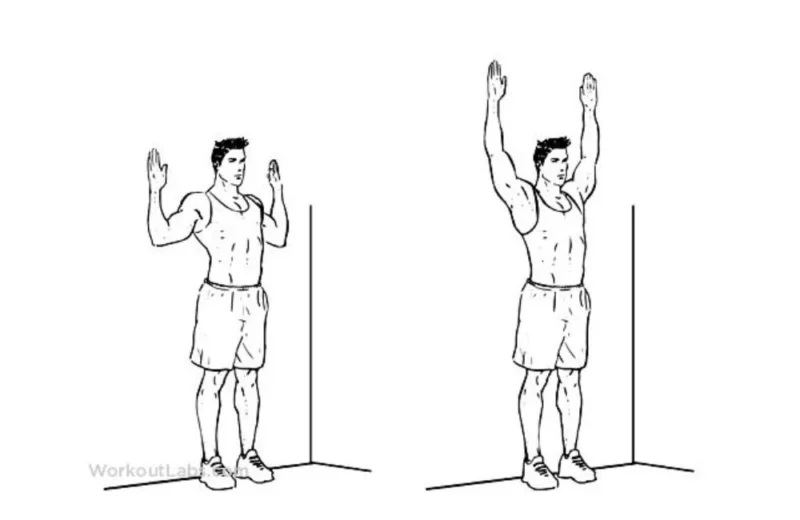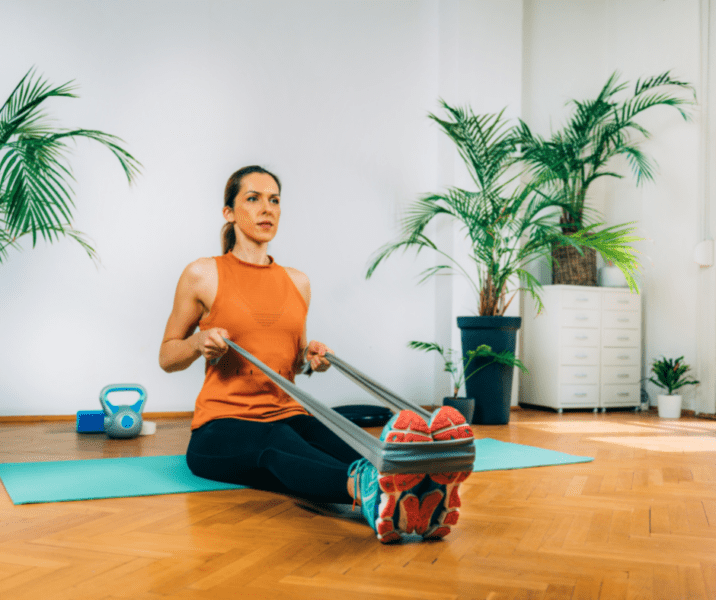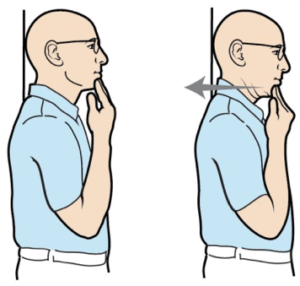
You’ve probably either heard from others or experienced yourself that your shoulders are sitting forward followed by your neck; giving you this “hunchback” appearance. Though not always painful, spending too much time in a slouched position could cause one and/or each of the following:
- Neck/shoulder pain secondary to postural changes
- Back pain
- Lightheadedness, dizziness or headache
It’s not uncommon for teenagers to develop a mild hump in their spines as they develop and, if identified early, can be easily modifiable. However, for all others with slouched posture, it is likely due to repeated slouching; likely due to sitting forward for extended periods of time. Our bodies will adapt to positions of comfort and, thus, as we slouch (note that I mentioned extended periods of time before and not the occasional slouch) our chest and neck muscles (e.g.pectoralis major, upper trapezius, etc.) become tight and our scapular muscles (e.g. rhomboids, middle trapezius, etc.) become weak and less efficient.
So what’s the solution? I think that most physical therapists and other movement specialists might agree that stretching what is tight and strengthening what is weak would be the best approach. Here are a few suggestions:
Wall Angels
-
- Stand or sit with your back against the wall.
- Keep your back flat and try to raise your arms overhead repeatedly.
Seated Rows
Either with a resistance band or cable machine, bring your elbows toward your sides by squeezing your shoulder blades together


Seated Chin Tuck:
- Think about making a ‘double chin’ and draw your neck backward WITHOUT tilting your head up or down.
Oh, and one more thing: if you have to, set regular reminders on your phone to change positions while you sit. Start with every 30 minutes to disrupt a slouched posture and decrease the time as it becomes more of a habit.
Please feel free to reach out by phone or email!



